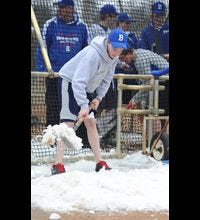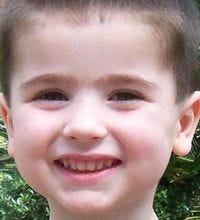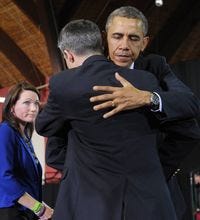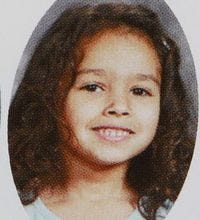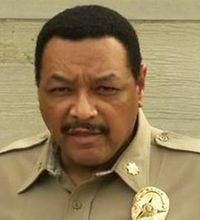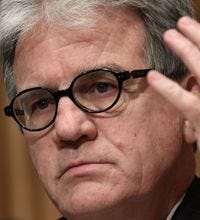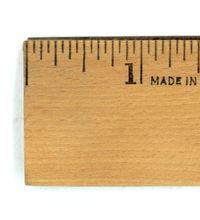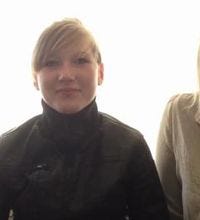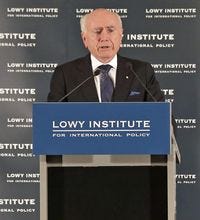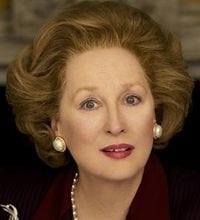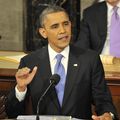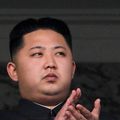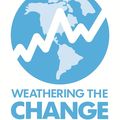Lately my son has been accusing me that I dont understand his learning style and because I dont know that, I do not understand that Kumon is just not his learning style! Initially I took this as a joke, as his way out of getting out of doing his kumon homework. A week down the road as he was falling back and none of my grounding him and taking away the 'toys' was working, I thought I better take a new approach and find out just exactly what his learning style was!
The theory of multiple intelligences was developed in 1983 by Dr. Howard Gardner, professor of education at Harvard University. It suggests that the traditional notion of intelligence, based on I.Q. testing, is far too limited. Instead, Dr. Gardner proposes eight different intelligences to account for a broader range of human potential in children and adults. These intelligences are:
Linguistic intelligence ("word smart")
Logical-mathematical intelligence ("number/reasoning smart")
Spatial intelligence ("picture smart")
Bodily-Kinesthetic intelligence ("body smart")
Musical intelligence ("music smart")
Interpersonal intelligence ("people smart")
Intrapersonal intelligence ("self smart")
Naturalist intelligence ("nature smart")
Spatial intelligence ("picture smart")
Bodily-Kinesthetic intelligence ("body smart")
Musical intelligence ("music smart")
Interpersonal intelligence ("people smart")
Intrapersonal intelligence ("self smart")
Naturalist intelligence ("nature smart")
There has been a lot of controversy in the education circles on how to teach literacy and these disputes have sometimes bee referred to as "the reading wars". In this dispute, each combatant claims that his or her particular approach, whether it be phonics, basal readers, whole language, critical literacy, or any of a number of other methods, represents the single best way to teach reading, writing, or both to our students. This war of words continues to this day.
Let me borrow a story as told by Thomas Armstrong in his book Multiple Intelligences of Reading and Writing.
Most of us are familiar with the story of the Blind Men and the Elephant, a tale that comes to us from ancient India. In this story, a king presented an elephant to a number of blind men in his community and asked each to say what he thought it was. The first man touched the side of the beast and answered, “A wall.“ The second walked up and felt a leg, and replied, “No, this is a pillar.“ A third man encountered the tail and cried out, “This is certainly not a wall nor a pillar! It's a rope!“ A fourth man latched on to an ear and exclaimed: “You're all wrong! It's a piece of cloth!“
And the men began arguing and fighting among themselves about who was really right.
There is a similar story told in the literar circles too. It's entitled “The Blind Educators and the Literacy Lion.“ In this story, a king asks several blind educators in his village to examine a new beast that has come into his possession and to tell him all about it. The first educator goes up to touch the Literacy Lion, and then runs back to the king shouting: “This beast is made up of whole words! Yes, all sorts of words, like the and captain and sure and poultry and wizard and tens of thousands more!“ Then the king signaled for the second educator to go up to the Literacy Lion, which she did, and after some time she returned to the king saying: “This animal isn't made of whole words! It's made up of sounds! All kinds of sounds! Sounds like ‘thhhh’ and ‘buh’ and ‘ahhhhh’ and ‘ayyyyy’ and ‘juh’ and many more. In fact, I counted all the sounds, and there are exactly 44!“ A third educator was sent to examine the beast, and he returned and exclaimed: “This creature isn't made up of sounds or whole words. It's constructed out of stories, and fables, and songs, and chants, and poems, and storybooks, and Big Books, and board books, and novels, and plays, and whole libraries full of living, exciting tales, and lots more besides!“ Finally, a fourth educator was sent, and she came back saying: “They're all wrong! This beast is made up of whole cultures, and people crying out for freedom and power, and it's about understanding who we are and what we're capable of, and how each of us can speak, and read, and write with our own voices, and in this way contribute to the good of all.“ And with this final assessment, the educators proceeded to dispute heatedly among themselves.
As Thomas Armstrong says, it's time to put an end to these reading wars. And as I explained to my son, an end to your strike and a return to your daily Kumon homework.
The Literacy Lion is a powerful, complex, and mysterious beast. Each description that we receive of it “from educators, psychologists, brain researchers, and other professionals“can only enrich our knowledge of what this powerful being is really made of, and why we want so much for our students and our children to have contact with it.
I now wish to inform my son that we can use the MI theory as a tool to help make sense of the many different approaches to reading and writing that are out there, showing how these different methods complement rather than contradict each other.
That Literacy is a whole brain activity!
Let me briefly try to explain how all of the eight intelligences have important parts to play in the actual experience of reading and writing.
To illustrate, let's examine what happens in the brain during the simple act of speaking a printed word. First the human eye must see the word on the page - the seat of spatial intelligence.
After the word is seen in the primary visual area, it is then relayed to the angular gyrus which is a region of the brain that most reflects the idea of multiple intelligences' relationship to literacy because it is here, at the crossroads of three different lobes, that many different types of information are brought together or associated with each other in creating linguistic information, including visual-spatial configurations, musical and oral sounds, and even physical sensations.
Recent research has suggested that individuals who have difficulty reading and writing often have significant disruption in this particular area of the brain. From there, it is transmitted via a bundle of nerve fibers to an area in the lower left frontal lobe, where it is logically encoded in a grammatical system, and a program is prepared to evoke articulation, and then supplied to the motor cortex, which in turn drives the muscles of the lips, tongue, and larynx to speak the actual word. Here then we see the involvement of several intelligences, including linguistic, logical-mathematical, spatial, and bodily-kinesthetic, in this simple act of speaking a printed word.
Instead of taking a “half-empty glass“ perspective in thinking that everybody has a certain amount of reading disability in them, I prefer to take the “half-full glass“ point of view in suggesting that even the student who has just written her first words is already on the road to writing like Shakespeare and other great writers. (Oh boy and do I see this in real life with my Grade 4 - 6 and above students working on the higher Kumon reading texts. Concepts like prose, poetry and sonnets, understanding arguments like irony, sarcasm, tragedy and humor to name but a few....)
Instead of taking a “half-empty glass“ perspective in thinking that everybody has a certain amount of reading disability in them, I prefer to take the “half-full glass“ point of view in suggesting that even the student who has just written her first words is already on the road to writing like Shakespeare and other great writers. (Oh boy and do I see this in real life with my Grade 4 - 6 and above students working on the higher Kumon reading texts. Concepts like prose, poetry and sonnets, understanding arguments like irony, sarcasm, tragedy and humor to name but a few....)
The biggest issue for educators or for my son regarding the Literacy Lion and his multiple learning styles shouldn't be whether whole language or phonics is the best way to teach reading, or whether to focus on punctuation or creativity in writing, or whether we should teach students spelling skills or let them invent their own words.
Whatever your learning style may be, my son, the biggest question is whether we as educators are going to teach literacy skills is such a way that the words lie dead on the page for many students, or converesely, whether we're going to take the ultimate goal of making the words come alive for all our students.
With our exciting Reading curriculum which covers and reinforces the basics in a colorful manner with pictures and hints to developing consonant skills and comprehension exercises that come from 35 different cultures, the Kumon Reading curriculum attempts to cover every kind of learning style. Including those individuals who have had a breakdown in their capacity to read or write and who have been described as “dyslexic,“ “learning disabled,“ or “reading disabled. The overall emphasis of our program is not on whats wrong with a students ability but rather whats right with a students reading and writing capacities and work from there on. Our placement tests allow us to asses the just right level and continue to reinforce on strenghts and inherent student abilities.

